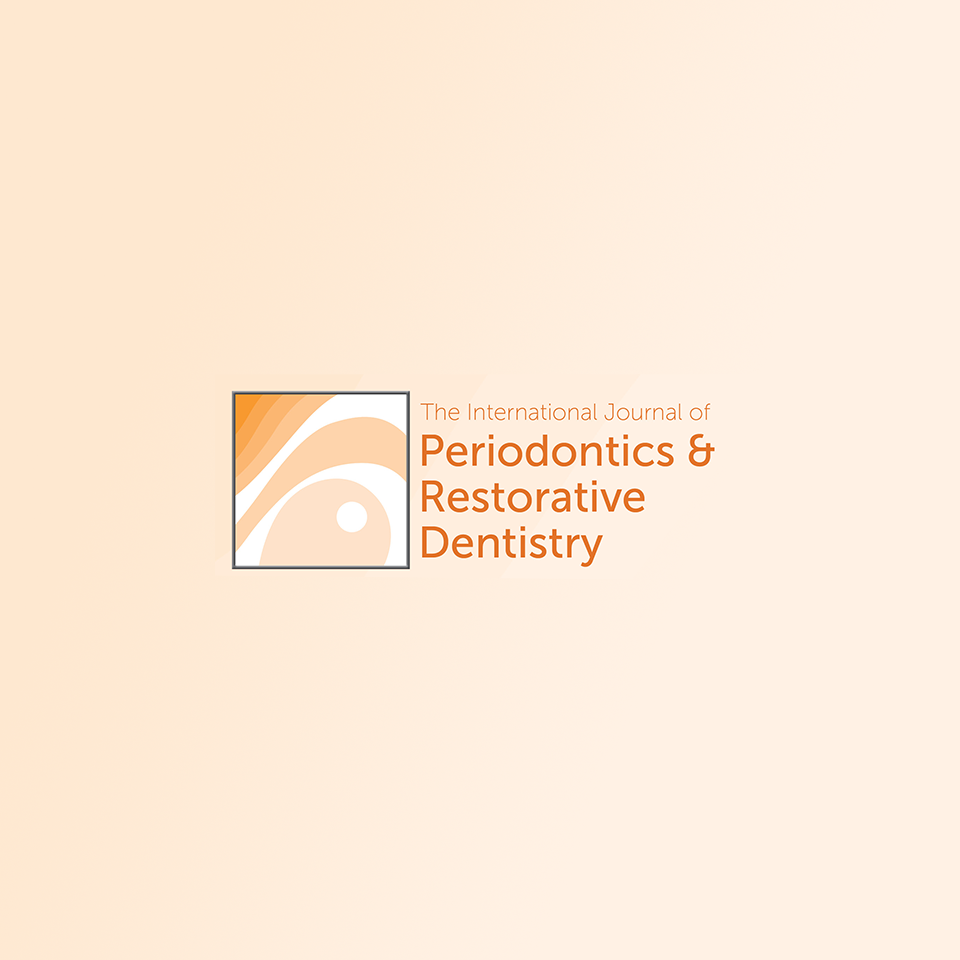
Defining the Biologic and Restorative Rooms for Implant Emergence Profile: A Concept for Clinical Implications and Its Impact on Hard and Soft Tissue Integration
Giacomo Fabbri, Francesco Mintrone, Fabiana Aellos, Joseph Lee
The long-term success of implant-supported restorations depends on achieving both esthetic and biologic stability through proper management of the transmucosal space. This article introduces a novel concept for comprehensive surgical, restorative, and laboratory interpretation of the subgingival implant complex by dividing it into two functional compartments: the Biological Room (BR) and the Restorative Room (RR). The BR, located immediately coronal from the bone-to-implant contact, is responsible for peri-implant tissue integration which serves as a biologic barrier. This biologic barrier is achieved by the connective tissue and apical peri-implant epithelium which is populated by hemidesmosomal attachments. It must be managed using biocompatible materials (eg, titanium or zirconia) with specific surface properties (roughness 0.1-0.2 microns) to promote stable mucointegration. A minimum height of 2.0 mm is recommended for optimal hemidesmosomal function. The RR, located coronal to the BR, supports soft tissue architecture and esthetics and extends up to 3.0 mm. The prosthetic component in the RR is shaped to accommodate restorative needs and optimize the esthetic interface. Materials used here must balance esthetics, cleanability, and biocompatibility with highly polished surfaces to minimize plaque accumulation. This biologically driven framework enables clinicians and dental technicians to provide implant restorations that respect both esthetic and biologic principles, while promoting long-term peri-implant tissue health and clinical success. Previously, these concepts were described separately, but the Biological Room and Restorative Room concept serves as a guideline for all team members to achieve a desirable implant therapy.
Int J Periodontics Restorative Dent. 2025 Oct 22;0(0):1-32. doi: 10.11607/prd.7779.